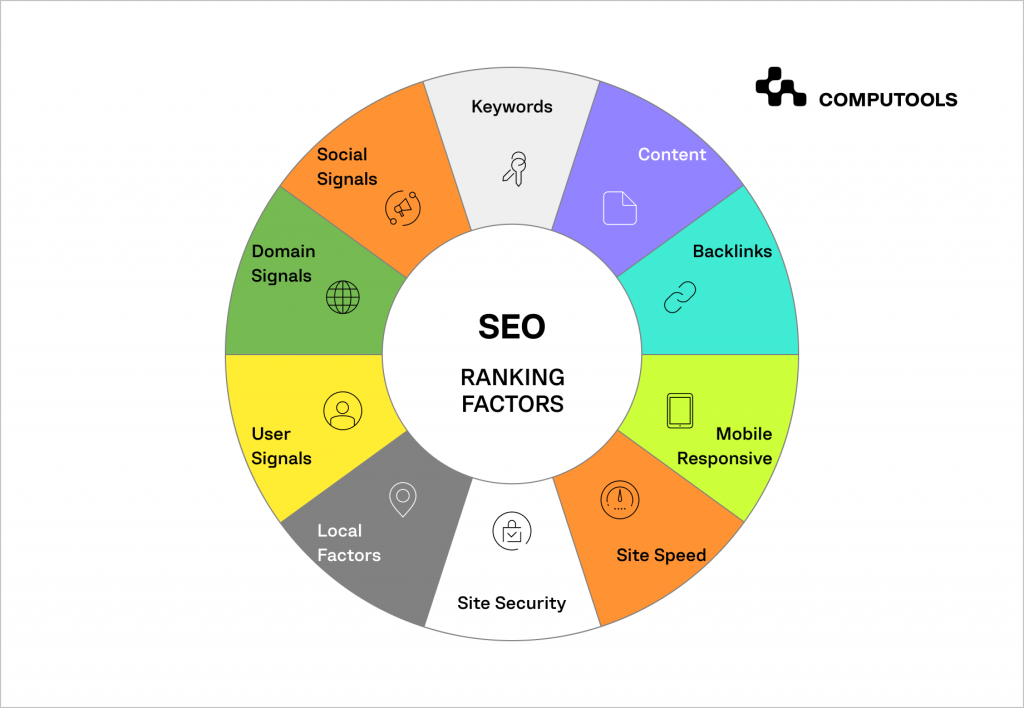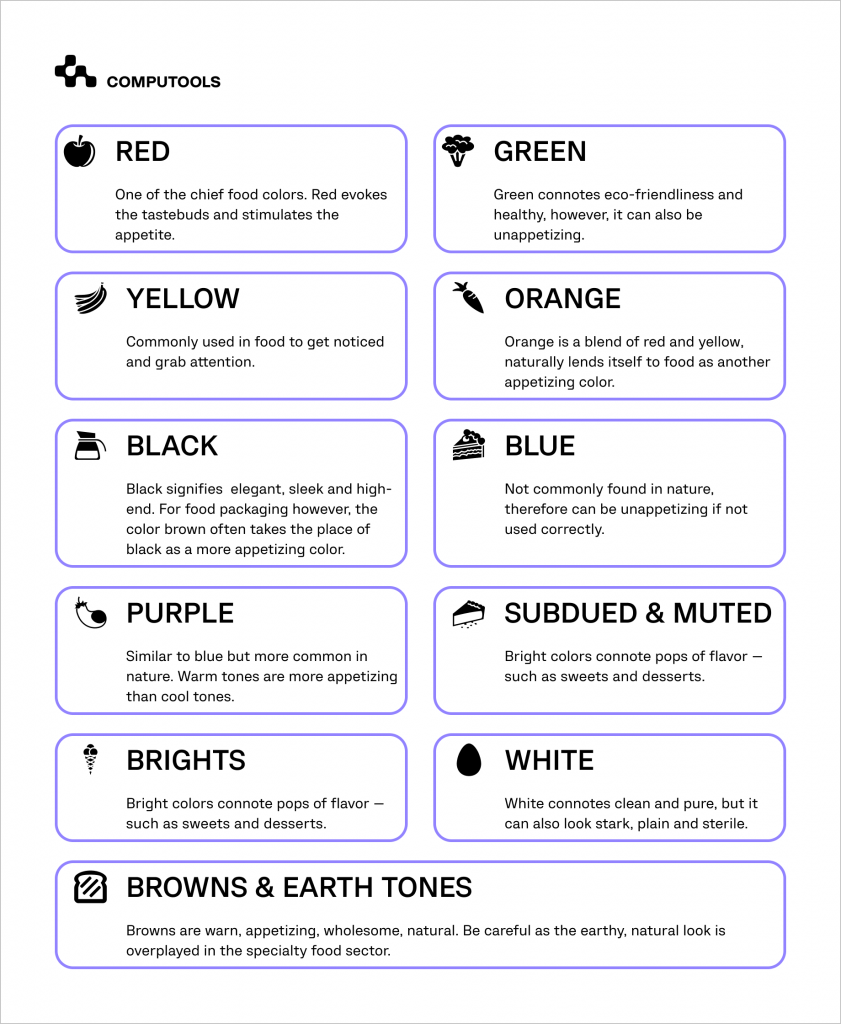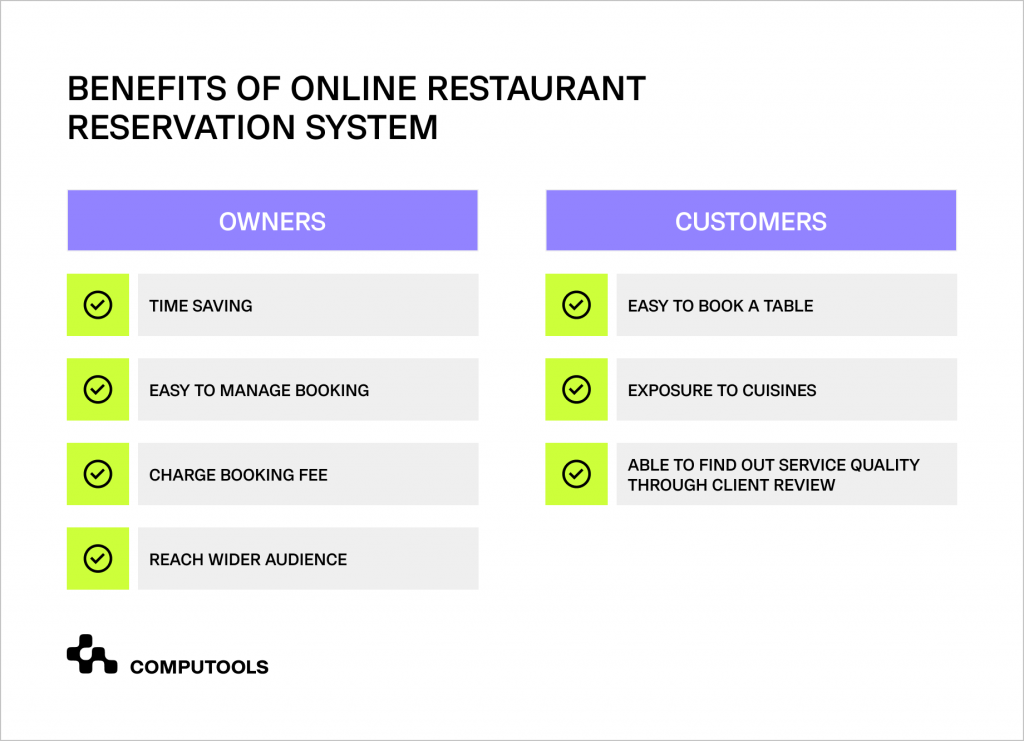Effective restaurant web design is a key factor in shaping a business’s reputation and neglecting online visibility can harm even the most promising ventures. While blindly following trends isn’t always a smart move, you still have to stay competitive in the digital realm.
In 2024, the customer journey begins long before they visit your physical location, and today is a prime time to focus on enhancing your online presence, as more people are ordering food online, and this trend continues to grow.
Given that most of the customers are forming their first impressions through your website, you must ensure it looks appealing and functions without disruption.
Keeping your online platform fresh and functional is important to attracting and retaining customers, and that’s what we’ll focus on in this article.
How Poor Web Design Impacts Profit Growth in Restaurant Businesses
Running a restaurant business involves managing many tasks, and the idea of adding another, such as web design, may not seem appealing to most owners. However, despite its perceived lack of importance, the impact of design on profits and overall success is very significant.
A survey conducted by Modern Marketing for Restaurants revealed that a staggering 68% of surveyed diners felt discouraged from visiting a restaurant because of a poorly crafted website, while nearly 30% were put off by websites that appeared outdated.
And it’s not just potential customers who may be turned away by poor design. Search Engine Journal notes that page experience, speed and optimisation are among the top Google ranking factors.
In fact, your website’s design accounts for about 57% of these factors, with site content and links making up the rest.
A technically poor website design leads to lower search rankings, reduced discoverability and, ultimately, lower profits.

Even if your website is visually appealing, another critical aspect is its responsiveness. Google’s research indicates that 61% of users are unlikely to return to a mobile site they’ve found difficult to access and 40% choose a competitor with a responsive mobile site.
These statistics might be alarming, but they underscore the importance of understanding web design principles to generate leads. Let’s explore this aspect further.
Why Web Design Is Important for Restaurants’ Online Visibility
A restaurant web design acts as its virtual front door. With 77% of diners checking out a website before ordering or visiting, lacking strong online visibility means potentially losing out on a vast majority of customers.
Here are several key reasons why having a well-crafted website is important for restaurants.
1. Organic Traffic
Effective website design enhances your visibility on Google. Since 60% of people look up local restaurants on Google, appearing in these searches puts your restaurant in front of more potential customers.
2. Credibility
A well-thought-out web design that prominently showcases customer testimonials can hugely influence visitors.
Given that 90% of diners conduct online research before choosing a restaurant, positive testimonials can be the deciding factor for many.
3. Convenience
A well-designed website anticipates and answers potential questions, reducing the need for customers to make enquiries over the phone.
Moreover, 61% of customers prefer online interactions. Incorporating an easy-to-use reservation or ordering system into a smart web design sales funnel ensures customers can navigate these services effortlessly, ultimately boosting sales.
Advanced Web Design Practices for Restaurants
As more people use your website to shape their first impression, using effective web design strategies becomes truly important.
Here are some ways to enhance your restaurant’s online presence.
1. Embrace Simplicity
Instead of cramming your website with complex features and lots of pages, focus on simplicity. Too many details can confuse and overwhelm visitors, which can distract from the main goal of your website: to showcase your delicious food and services.
When creating a restaurant web design, prioritise what your users need.
Important elements to include:
• Detailed menu information: provide prices, portion sizes, allergens and ingredients to help customers make informed choices.
• Easy-to-find contact details: make sure visitors know how to reach you, whether by phone or through social media.
• Clear location information: include maps, directions and nearby transportation options.
• Updated business hours: clearly display your opening hours and keep them up to date.
2. Choose Colours Wisely
You might lean towards the colour schemes that resonate with your restaurant’s physical appearance, but the digital platform offers a chance to experiment with additional colours, especially with a qualified UX/UI design services provider.
Aim for harmony and limit your selection to three to five colours, focusing on a background colour complemented by primary and secondary colours.

3. Invest in Quality Photos
High-quality images are especially important in the restaurant business. While smartphones can take good photos, hiring a professional photographer ensures top-notch visuals of your restaurant, menu items and specials. Including pictures of your staff and customers can also enrich your social media content.
4. Make Your Site Mobile Friendly
A responsive website design is a must, meaning your site should work well on all devices, including smartphones and tablets.
More and more people use their mobile devices to decide where to eat, so ensure your website adjusts to fit any screen size.
Responsive design improves the user experience, making it simpler for customers to navigate your offerings. Moreover, consider investing in mobile app development to further enhance user satisfaction.
5. Maintain Unified Branding
Launching a website is a significant milestone for your business. Creating a website is a big step.
Share your brand guidelines with your web development services provider to make sure your website reflects your restaurant’s identity, including colours, logo, fonts and overall vibe.
Consistency across all digital platforms and physical locations reinforces brand recognition, enhancing customer affiliation with your brand.
6. Incorporate Reviews
Potential customers often look at food photos and read reviews before deciding to eat at your restaurant.
You can include a section for reviews on your website, either by allowing customers to post directly or by linking to external review platforms.
Positive reviews can build trust and encourage new customers to visit.
7. Organise Your Content
A successful website makes it easy for visitors to find the necessary information.
Keep your website organised and include essential elements like promotions, your restaurant’s story, social media links and any announcements or updates.
Using the right keywords and structuring your content can also help improve your website’s visibility on search engines.
8. Engage Through Social Media
Social media is key to building a community and attracting new customers.
Make sure your social media profiles are linked to your website and that you’re posting engaging, high-quality content regularly.
9. Tell Your Story
People choose restaurants for the experience and the story behind them, not just the food.
Share the story of how your restaurant started, your culinary philosophy, or the journey of your head chef on your website to create an emotional connection with your audience.
10. Use Your Blog to Drive Traffic
A blog can be a great tool to attract more visitors to your website. Share behind-the-scenes stories, cooking tips or information about upcoming events.
Regular updates keep your content fresh and interesting, and they can also improve your search engine ranking, helping more people find your restaurant online.
Common Mistakes in Restaurant Web Design
Although images are important, designing a restaurant website involves more than just showing mouth-watering pictures of food.
Here are some common mistakes in restaurant web design and how to avoid them.
1. Overlooking Online Menus
Customers often visit a restaurant’s website to check the menu. A common mistake is providing the menu in a PDF format or as images that are not searchable and can be challenging to access on mobile devices.
Instead, integrate the menu directly into the webpage in text format to improve accessibility and SEO.
2. Complicated Navigation
A user-friendly website has simple, intuitive navigation that guides visitors to the information they seek without unnecessary clicks.
Overly complicated or unconventional website layouts can frustrate users and lead them to leave the site.
3. Neglecting SEO and Content Quality
Search Engine Optimisation (SEO) is the only tool for making your website visible to people searching online.
Neglecting SEO practices, like keyword integration, meta descriptions and alt text for images, can make your site invisible to potential customers.
Additionally, ensure the content on your website is clear, concise and free of errors to convey professionalism.
4. Slow Load Times
A website that takes too long to load can deter visitors immediately. A delay of just one second can make users 16% less satisfied, and if the loading time goes from one to three seconds, bounce rates can jump by 32%.
Optimise image sizes, leverage browser caching and minimise the use of large files that can slow down your site to ensure quick load times.
5. Lack of Online Reservation or Ordering Systems
With the increasing preference for online interactions, not offering an online reservation system or the option to order food online can put you at a disadvantage.
Integrating these systems can enhance the customer experience and boost your sales.

Selecting the Right Web Design Partner for Your Business
Selecting the best web design partner is a decision that can make or break your success. Your website is the face of your brand, so it’s important to get it right.
Here are some important things to think about when choosing a web design partner.
1. Seek Relevant Experience
Look for a partner with experience in the restaurant or food industry. They should understand the specific challenges and opportunities unique to hospitality, such as presenting menus and integrating reservation systems.
Review their portfolio to see if their designs resonate with your vision and whether their team includes the required subject matter experts.
2. Evaluate Design Style
Ensure that the design style of potential partners aligns with your restaurant’s branding and ambience. Check their portfolio to see if their aesthetic matches what you’re seeking.
A good partner should be adaptable to your brand’s style rather than imposing their own.
3. Assess Technical Skills
Aside from aesthetics, your partner should excel in human-centred design to make sure your website looks and functions flawlessly across all devices. Additionally, proficiency in SEO would be a great bonus.
4. Consider Communication
Look for a partner who is open to feedback and willing to collaborate closely with you throughout the design process. Clear communication fosters understanding and ensures your vision is realised.
5. Explore Additional Services
Some partners offer services beyond design, such as hosting, maintenance and digital marketing. Assess whether these additional services can contribute to the ongoing success of your website.
6. Request References
Ask for references from past restaurant clients to gain insights into the partner’s reliability, working style and the effectiveness of their designs.
Positive testimonials can instil confidence in your decision. It’s also wise to review case studies, as they provide detailed descriptions of a company’s past projects, allowing you to thoroughly explore their work experience.
Final Thoughts
Creating a compelling online presence for your restaurant is a big task, but the benefits are well worth the effort.
Your website is often the first way potential customers interact with your restaurant and a positive impression can turn a casual visitor into a loyal client.
By thoughtfully approaching design, content and functionality, your restaurant website can become a valuable tool for expanding your brand and business.
If you’re interested in discovering how our web development expertise can enhance your business presence, reach out to us today at info@computools.com.

Computools
Software Solutions
Computools is a digital consulting and software development company that delivers innovative solutions to help businesses unlock tomorrow.









“Computools was selected through an RFP process. They were shortlisted and selected from between 5 other suppliers. Computools has worked thoroughly and timely to solve all security issues and launch as agreed. Their expertise is impressive.”